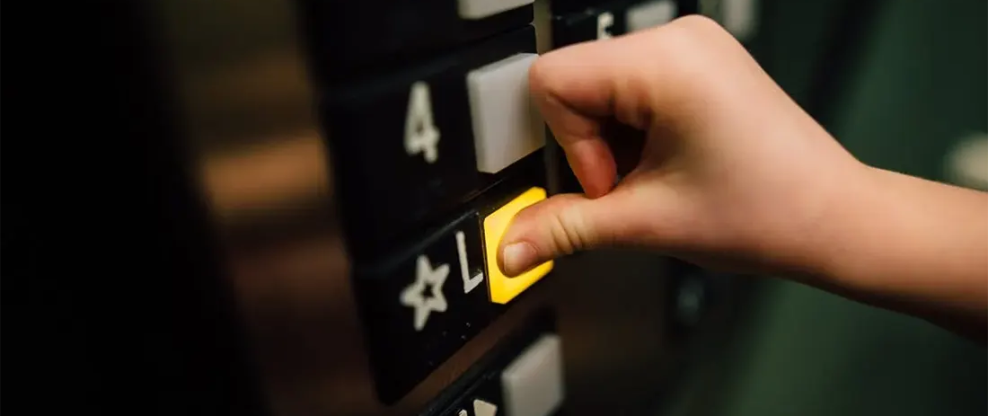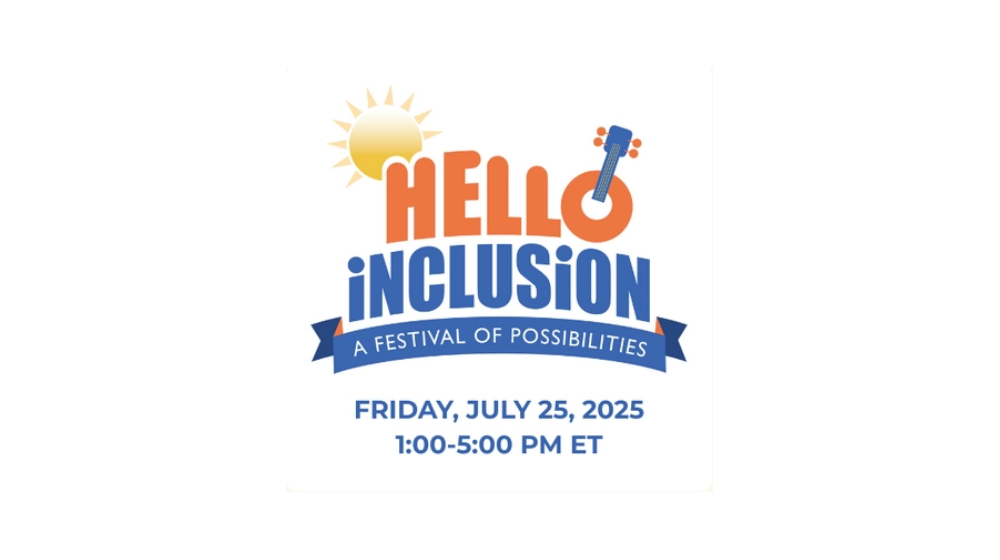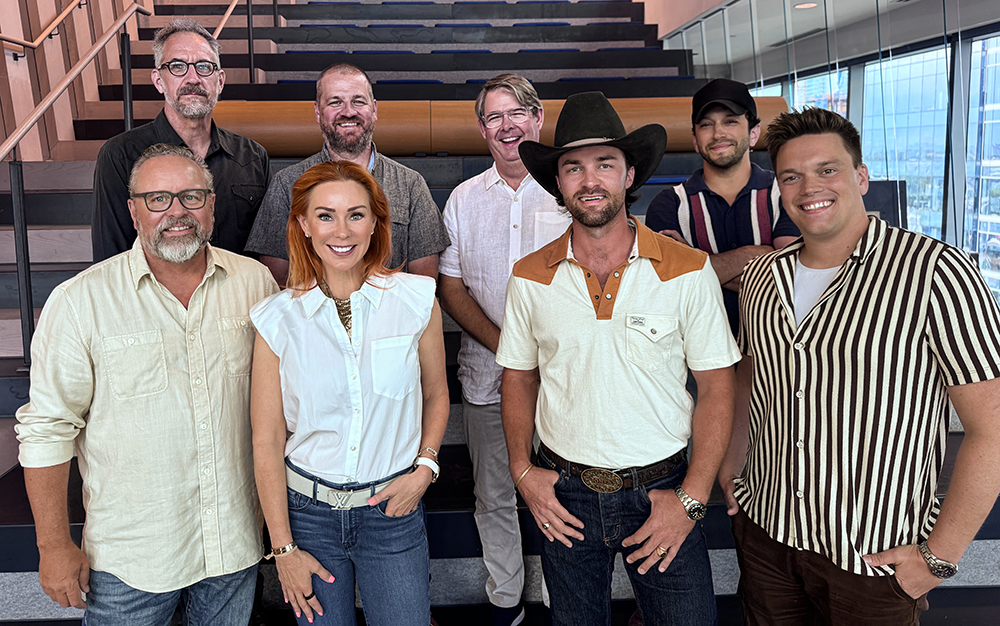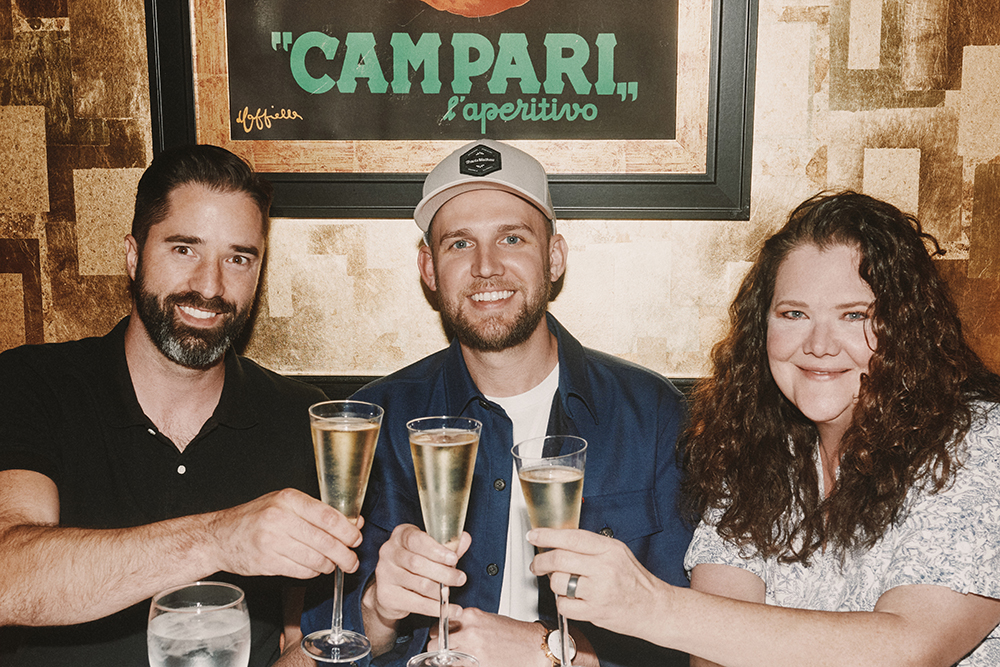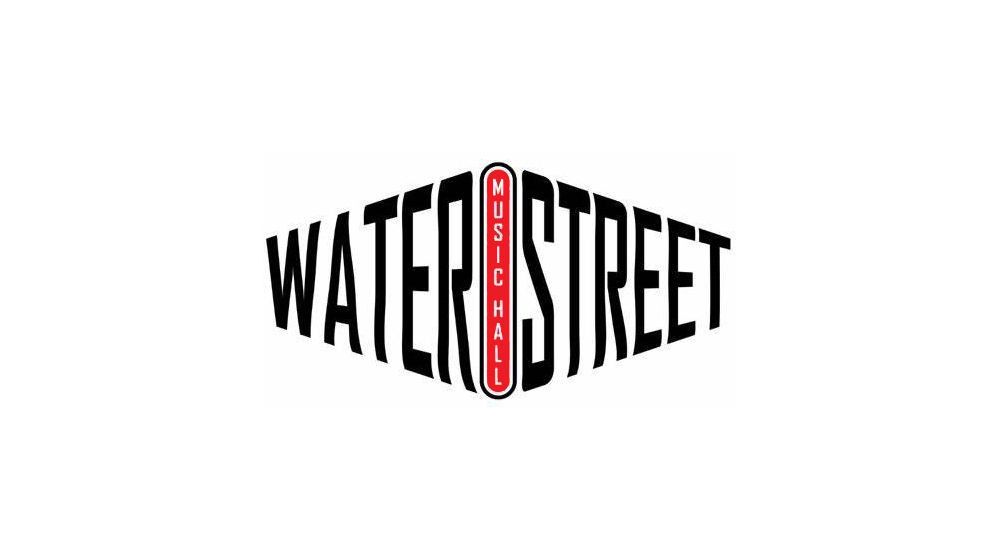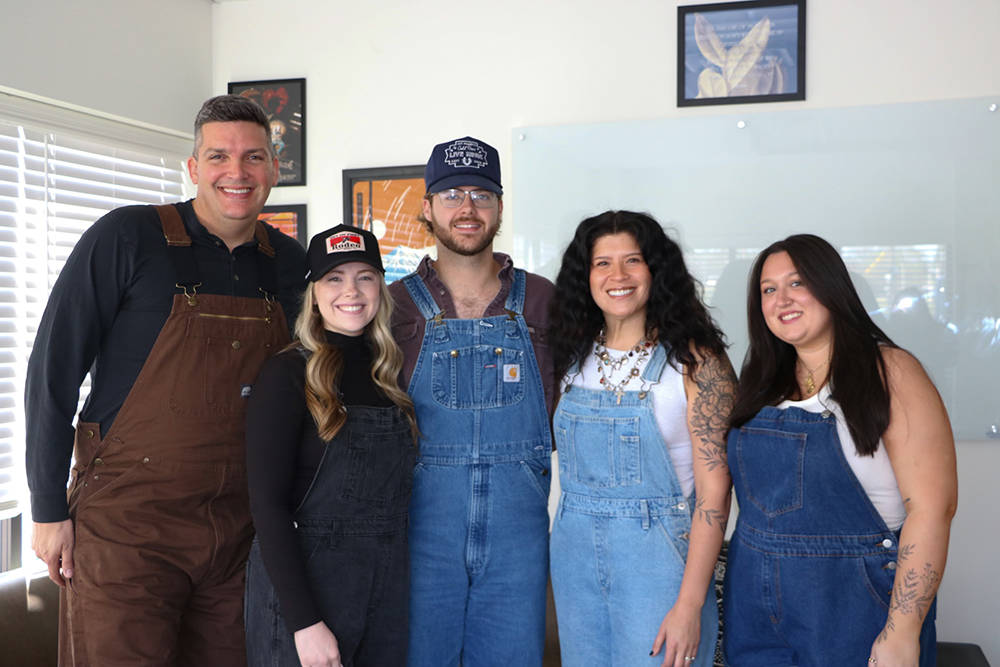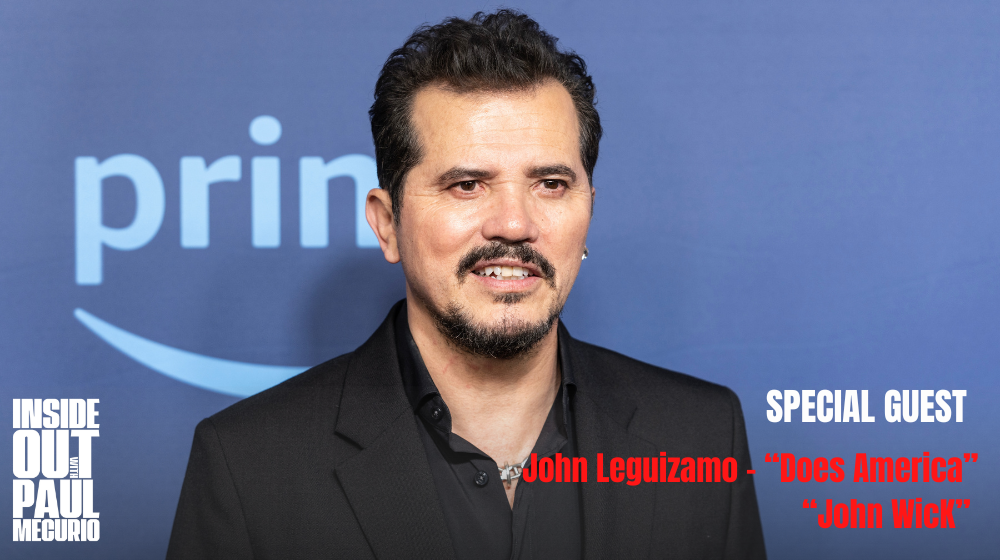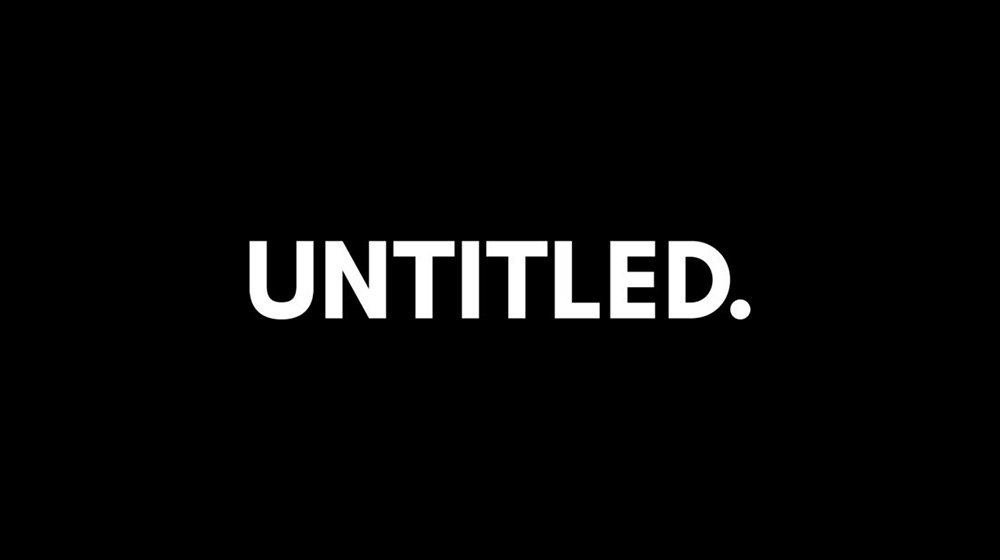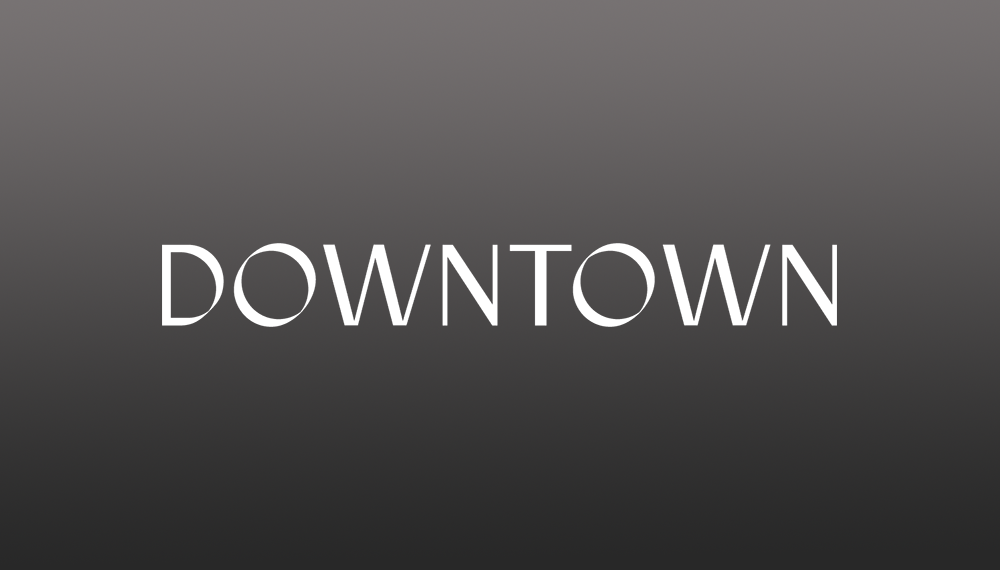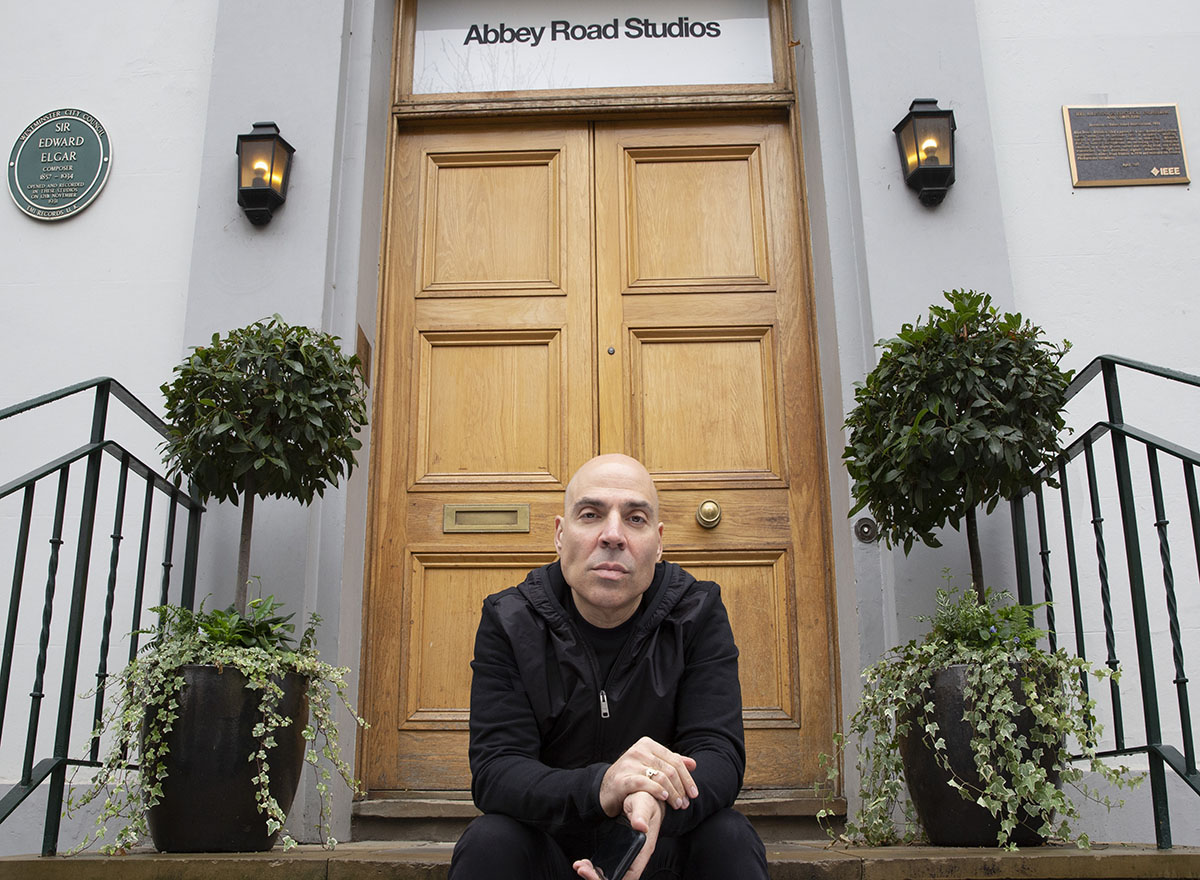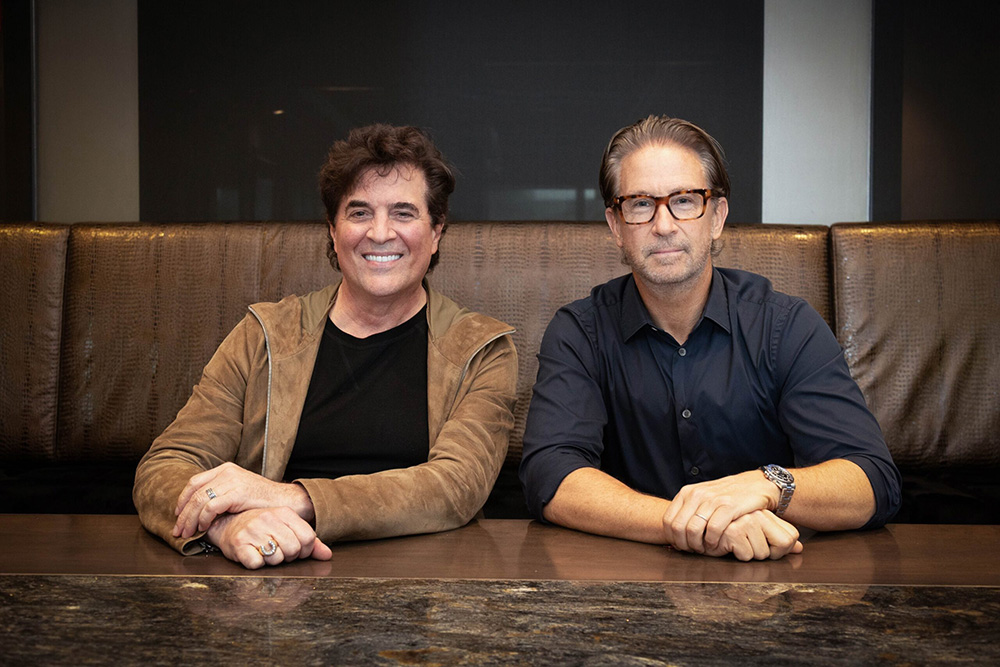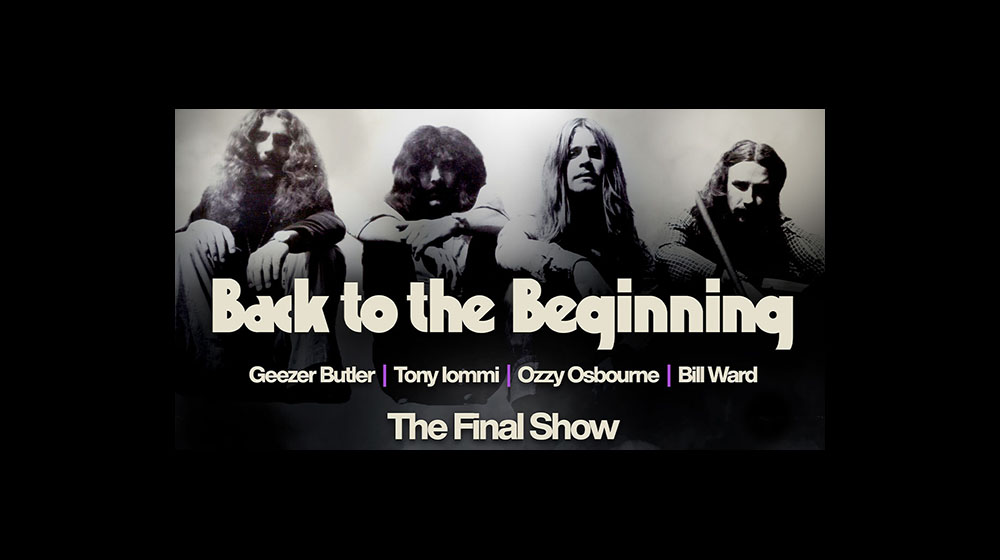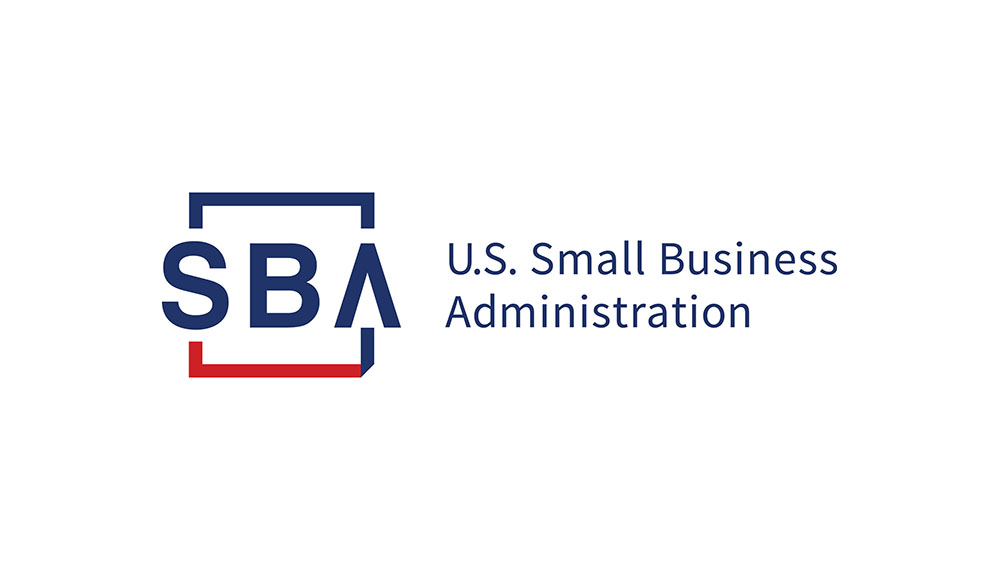(Hypebot) — More often than not, the question that follows the statement “I’m a musician,” is “What kind of music do you make?” And if you want people to remember you, then you have to sell yourself effectively. Here’s how…
by CHRIS ROBLEY of CD Baby’s DIY Musician
Crafting your music’s elevator pitch.
Before people hear your music, they often need to be convinced to listen.
Maybe they get a recommendation from a friend, or see a cool Instagram ad, or read an intriguing blog review. Perhaps it’s an eye-catching album cover that stands out in a Spotify playlist. But SOMETHING has to capture their imagination and make them curious enough to press play.
One of the obvious tools you can use to grab attention is your “elevator pitch” — a compelling description of your sound, story, audience, or purpose. But you don’t have all day to sell someone on your music, so your description has to pack a punch. It should be something you can write in a tweet or say in a single breath.
In this episode of the DIY Musician Podcast, you’ll learn how to come up with a compelling elevator pitch for your unique sound!
Why you need an elevator pitch for your music
1. “Your music is the last thing that matters.”
But once someone has gone the distance to actually check out your music, now it’s the ONLY thing that matters. Your music description could be the thing that gets them a step closer to listening.
2. Hand-feed your good press to journalists!
You’d be shocked how many glowing reviews contain descriptions or whole passages copied from a press release.
3. Instantly clarify who your music IS and ISN’T for.
It’s important for the person hearing your elevator pitch to know right away whether they’re curious to learn more about your music. Again, speed is important. Our attention spans are growing shorter by the minute.
4. You’ll have a branding litmus test.
Once you define your sound, you can gauge all your efforts against it to see if you’re presenting a consistent brand.
Where to use your music’s elevator pitch:
- Descriptions on your social bios
- On your website homepage (above the fold)
- Press releases
- Your email signature
- Conversations with potential fans or industry professionals
- Give the talking points to your audience, so they can spread the word for you!
What your music elevator pitch should and should NOT contain
First, your music description does NOT need to (and can’t) tell your whole story. It cannot capture the breadth of your range, or the full scope of your listening habits and influences. Remember, it’s supposed to be short. It just needs to plant a seed of curiosity, which is freeing because then you can focus on the single-most memorable aspect of your music, story, or audience.
Your music pitch should contain some of (but not all of) these things:
- What feeling or mood your music sounds like
- One or two similar artists
- Who your audience is
- How your music will alter their world
- Why you make music (what you are FOR or AGAINST)
Your music pitch should NOT:
- Use overly technical jargon (music theory, nerdy gear references, etc.)
- Reference artists who are too niche
- Have redundant words
- Sound cliche (“the lovechild of…” “this yet that,” etc.)
How to write an elevator pitch for your music
1. The “Frankenstein” method
My friend Lisa Lepine was the first person who introduced me to this concept, which involves combining two artists, one who’s a classic household name, and the other a current artist that is famous enough to be recognized beyond a niche scene.
“Talking Heads meets Doja Cat”
“Barbara Streisand singing for Future Islands”
“If Lil Nas X produced the next Phoebe Bridgers album”
I don’t always love this method because it can get stale quick. But it’s a great exercise for every artist to try, even if only as a starting point. And sometimes you’ll stumble upon something that just works.
2. The “I’m right for you” method
With this approach, you define your sub-genre and audience in one sentence that follows this formula: “I make _________ for ___________.”
“Outlaw Country for White-Collar Criminals”
“Nerd-Rap for Soccer Moms”
“Post-Punk for Your Next Protest…”
Don’t worry too much about ostracizing people who aren’t literally in the defined audience. People are imaginative enough to know whether they’re curious or not, even if they’re not soccer moms, going to a protest, or about to commit wire fraud.
3. The “situational story” method
This one gives you the most flexibility to get creative. You can either tell some part of your own story, or create a situation in which the audience must imagine themselves.
“What if you were the last person on earth? You’d still need a dance anthem. This is EDM for end-times!”
“I worked in a shoe factory to save up enough money to get the hell out of my small town; but now I miss that isolation and there’s a longing in my slow folks songs… trying to sing my way back to sanity amidst the buzzing phones and flashing city lights.”
Okay, maybe that last one’s too long, but you get the idea.
How do YOU describe your music? Let me know!
Those are just three methods you can use to describe your music.
Hopefully they give you a good place to start though, and you can combine any of the good stuff you come up with from there.
Once you have a description written, I’d love to read it. So share your “elevator pitch” in the comments below, along with a link to your music.

